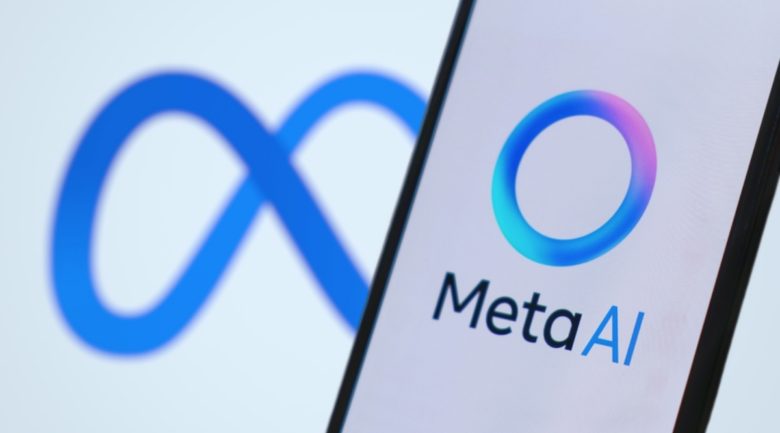For small and medium-sized businesses (SMBs), providing excellent customer support is essential for building trust and loyalty. However, offering 24/7 support with limited resources can be a significant challenge. This is where AI chatbots come in. Powered by artificial intelligence, chatbots enable SMBs to deliver instant, around-the-clock support without the need for a large customer service team. Here’s a step-by-step guide to implementing 24/7 customer support using AI chatbots for SMBs effectively.
Understand the Benefits of AI Chatbots
By implementing 24/7 customer support using AI chatbots for SMBs, businesses can enhance their customer service capabilities and respond to inquiries more efficiently.
AI chatbots offer several advantages for SMBs, including:
- 24/7 Availability: Chatbots can handle customer inquiries anytime, ensuring no query goes unanswered.
- Cost Efficiency: Automating routine tasks reduces the need for additional staff, saving time and money.
- Instant Responses: Customers receive immediate answers to their questions, improving satisfaction.
- Scalability: Chatbots can handle multiple inquiries simultaneously, making them ideal for growing businesses.
Platforms like Zendesk Chat, Intercom, and Tidio make it easy for SMBs to implement AI chatbots without requiring extensive technical expertise.
Choose the Right Chatbot Platform
The first step in implementing AI chatbots is selecting the right platform for your business. Consider factors like ease of use, integration capabilities, and pricing. Some popular options include:
- Zendesk Chat: For seamless integration with existing customer support systems.
- Intercom: For personalized messaging and automation.
- Tidio: For affordable, user-friendly chatbot solutions.
For example, a small e-commerce store might choose Tidio for its affordability and ease of setup, while a service-based business might prefer Intercom for its advanced automation features.
Define Use Cases for Your Chatbot
Before setting up your chatbot, identify the specific tasks it will handle. Common use cases for AI chatbots include:
- Answering frequently asked questions (FAQs).
- Providing order status updates and tracking information.
- Assisting with product recommendations.
- Scheduling appointments or bookings.
For instance, a local restaurant can use a chatbot to handle table reservations, answer questions about the menu, and provide directions. Defining clear use cases ensures that your chatbot delivers value to both your business and your customers.
Train Your Chatbot with Relevant Data
AI chatbots rely on data to provide accurate and helpful responses. Use historical customer interactions, FAQs, and support tickets to train your chatbot. Platforms like Google Dialogflow and IBM Watson Assistant allow you to create custom conversational flows and integrate them with your chatbot.
For example, an online retailer can train its chatbot to answer questions about shipping policies, return processes, and product availability. The more data you provide, the smarter and more effective your chatbot will become.
Integrate Your Chatbot with Existing Systems
To maximize efficiency, integrate your chatbot with your existing customer support tools and platforms. This might include:
- CRM Systems: Sync customer data for personalized interactions.
- E-commerce Platforms: Provide real-time order updates and product recommendations.
- Social Media: Offer support via Facebook Messenger, WhatsApp, or Instagram.
For instance, a small business can integrate its chatbot with HubSpot CRM to access customer information and provide tailored responses. Integration ensures a seamless experience for both your team and your customers.
Design a User-Friendly Chatbot Interface
The success of your chatbot depends on how easy it is for customers to use. Design a simple, intuitive interface that guides users through the conversation. Use clear prompts, buttons, and menus to make interactions effortless.
For example, a fitness studio can design a chatbot that offers options like “Book a Class,” “View Schedule,” or “Contact Support.” A user-friendly interface ensures that customers can quickly find the information they need.
Monitor and Optimize Chatbot Performance
Once your chatbot is live, regularly monitor its performance to identify areas for improvement. Use analytics tools to track metrics like:
- Response accuracy.
- Customer satisfaction ratings.
- Resolution times.
- Frequently asked questions.
For example, a small business can use Google Analytics 4 to track chatbot interactions and identify common pain points. Continuously refining your chatbot ensures that it remains effective and relevant.
Provide a Human Backup Option
While AI chatbots are highly capable, there will be times when customers need to speak with a human agent. Ensure that your chatbot can seamlessly transfer complex inquiries to a live support representative.
For instance, a chatbot can handle routine questions like “What are your business hours?” but escalate issues like “I need help with a defective product” to a human agent. This hybrid approach ensures that customers receive the best possible support.
Real-World Examples of AI Chatbots in Action
Many SMBs are already using AI chatbots to enhance their customer support. For example:
- A Local Bakery: Used Tidio to handle FAQs and take online orders, resulting in a 20% increase in sales.
- An Online Retailer: Leveraged Zendesk Chat to provide 24/7 order support, achieving a 30% improvement in customer satisfaction.
- A Fitness Studio: Implemented Intercom to manage class bookings and inquiries, leading to a 25% reduction in support tickets.
These examples demonstrate how AI chatbots can help SMBs achieve measurable results and compete with larger brands.
Choosing the Right Tools for Your Business
With so many AI chatbot platforms available, it’s important to choose the ones that align with your business goals and budget. Some popular options include:
- Zendesk Chat: For seamless integration with customer support systems.
- Intercom: For personalized messaging and automation.
- Tidio: For affordable, user-friendly chatbot solutions.
Start with one platform and expand as your needs grow.
By implementing AI chatbots, SMBs can provide 24/7 customer support that is efficient, cost-effective, and scalable. From choosing the right platform and defining use cases to training your chatbot and optimizing performance, AI offers a range of solutions to help SMBs succeed.
Ready to transform your customer support strategy? Explore platforms like Zendesk Chat, Intercom, and Tidio to see how AI chatbots can revolutionize your business. The future of customer support is here, and it’s powered by AI.




